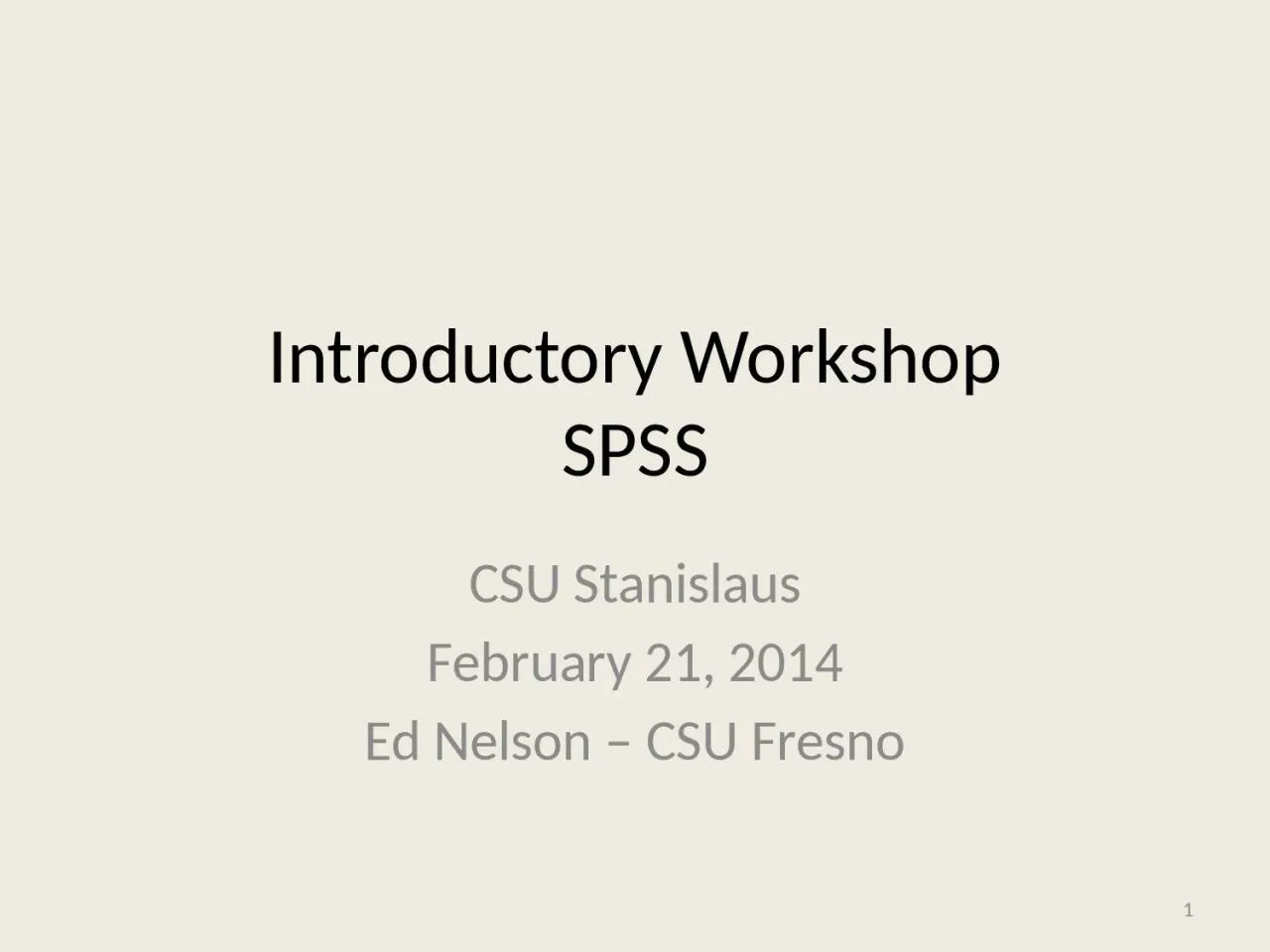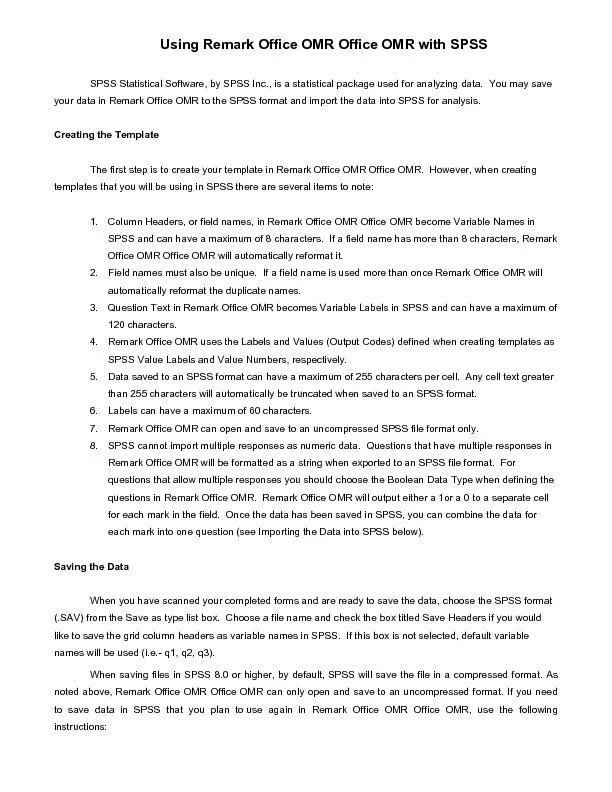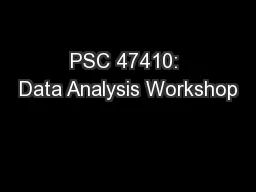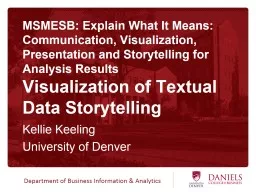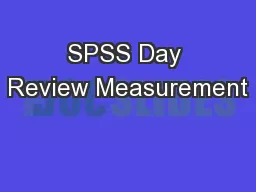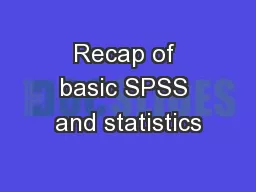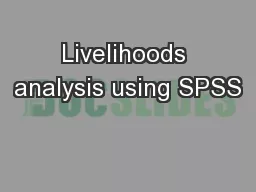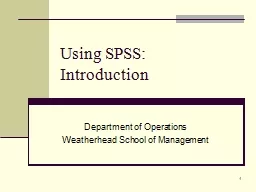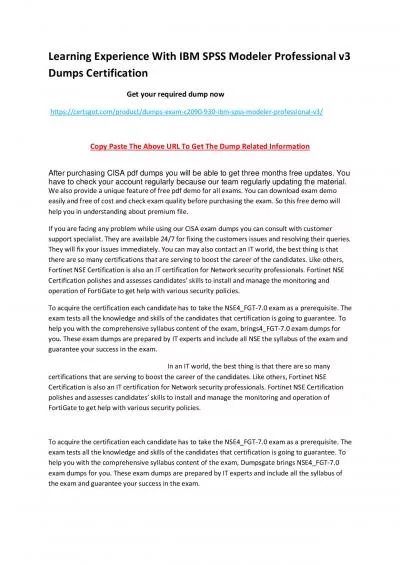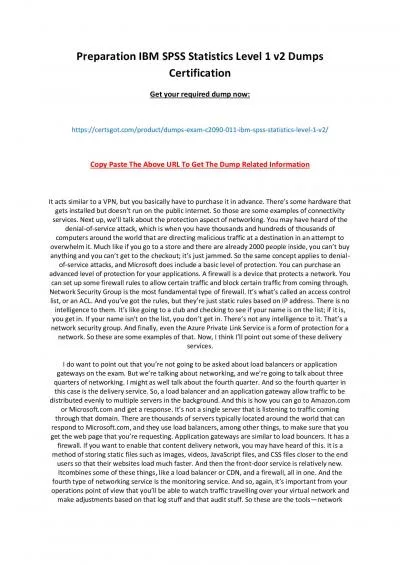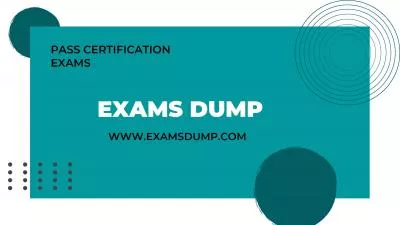PPT-Introductory Workshop SPSS
Author : hailey | Published Date : 2022-06-18
CSU Stanislaus February 21 2014 Ed Nelson CSU Fresno 1 Social Science Research and Instructional Council SSRIC Discipline council for the social sciences made up
Presentation Embed Code
Download Presentation
Download Presentation The PPT/PDF document "Introductory Workshop SPSS" is the property of its rightful owner. Permission is granted to download and print the materials on this website for personal, non-commercial use only, and to display it on your personal computer provided you do not modify the materials and that you retain all copyright notices contained in the materials. By downloading content from our website, you accept the terms of this agreement.
Introductory Workshop SPSS: Transcript
Download Rules Of Document
"Introductory Workshop SPSS"The content belongs to its owner. You may download and print it for personal use, without modification, and keep all copyright notices. By downloading, you agree to these terms.
Related Documents

